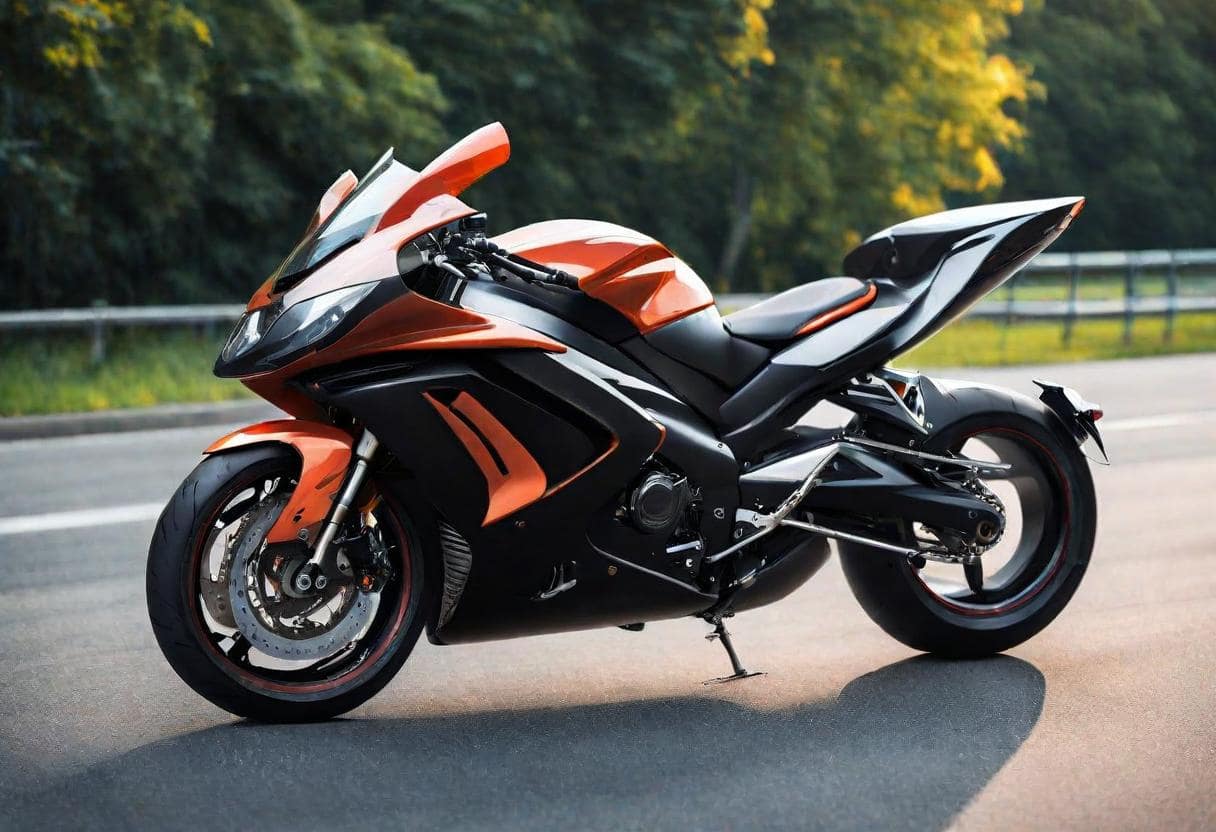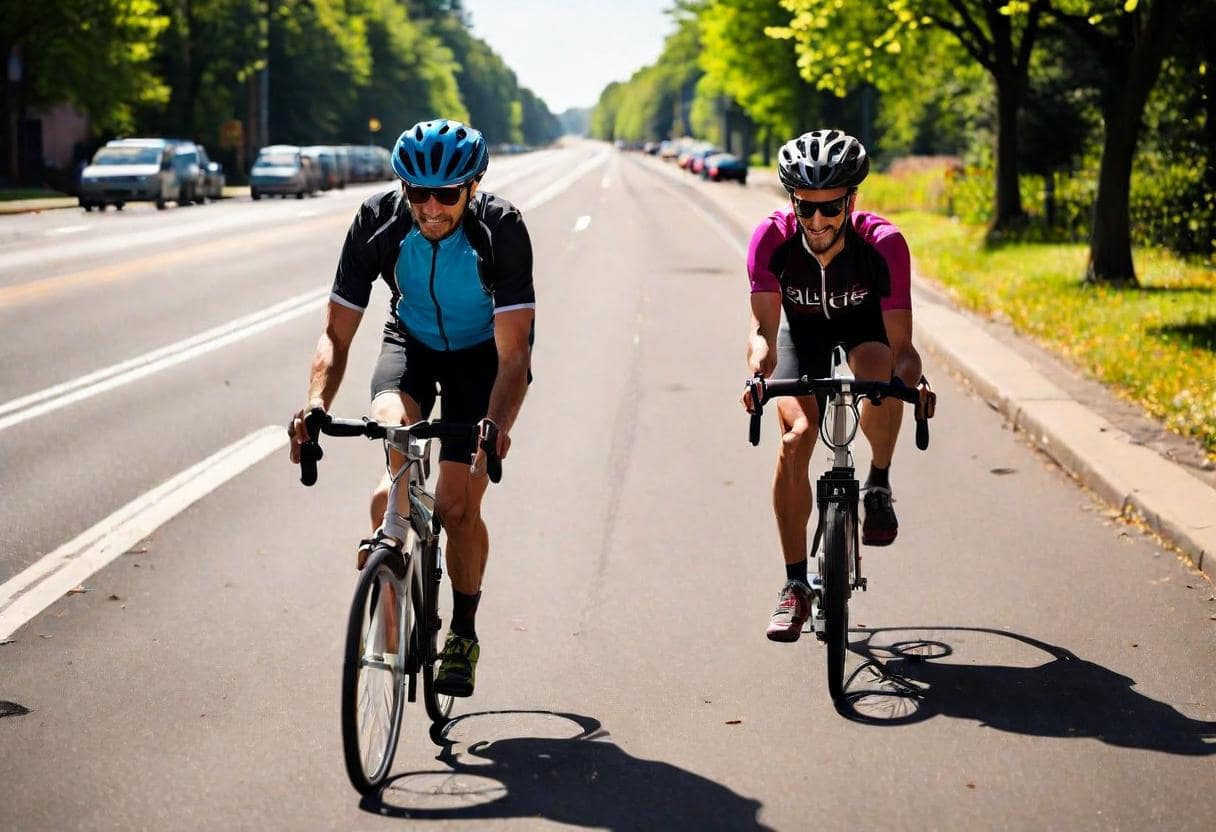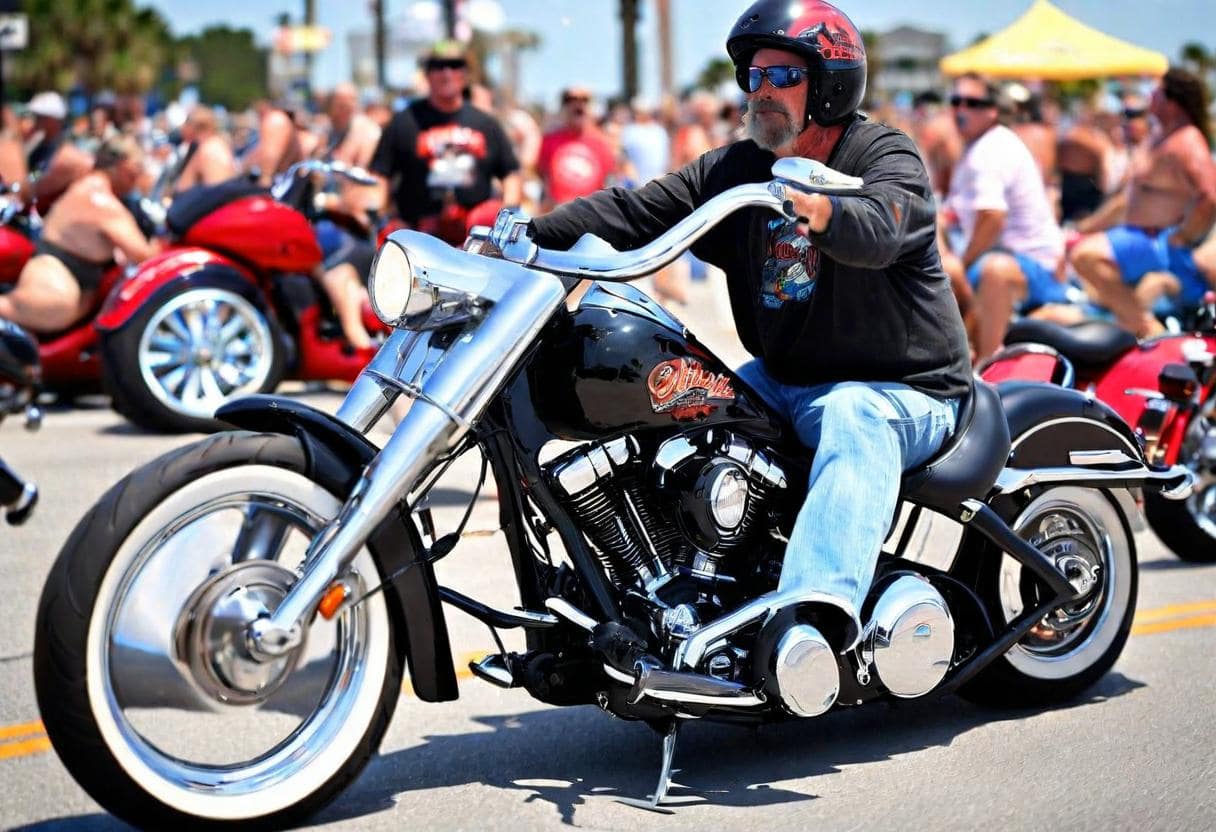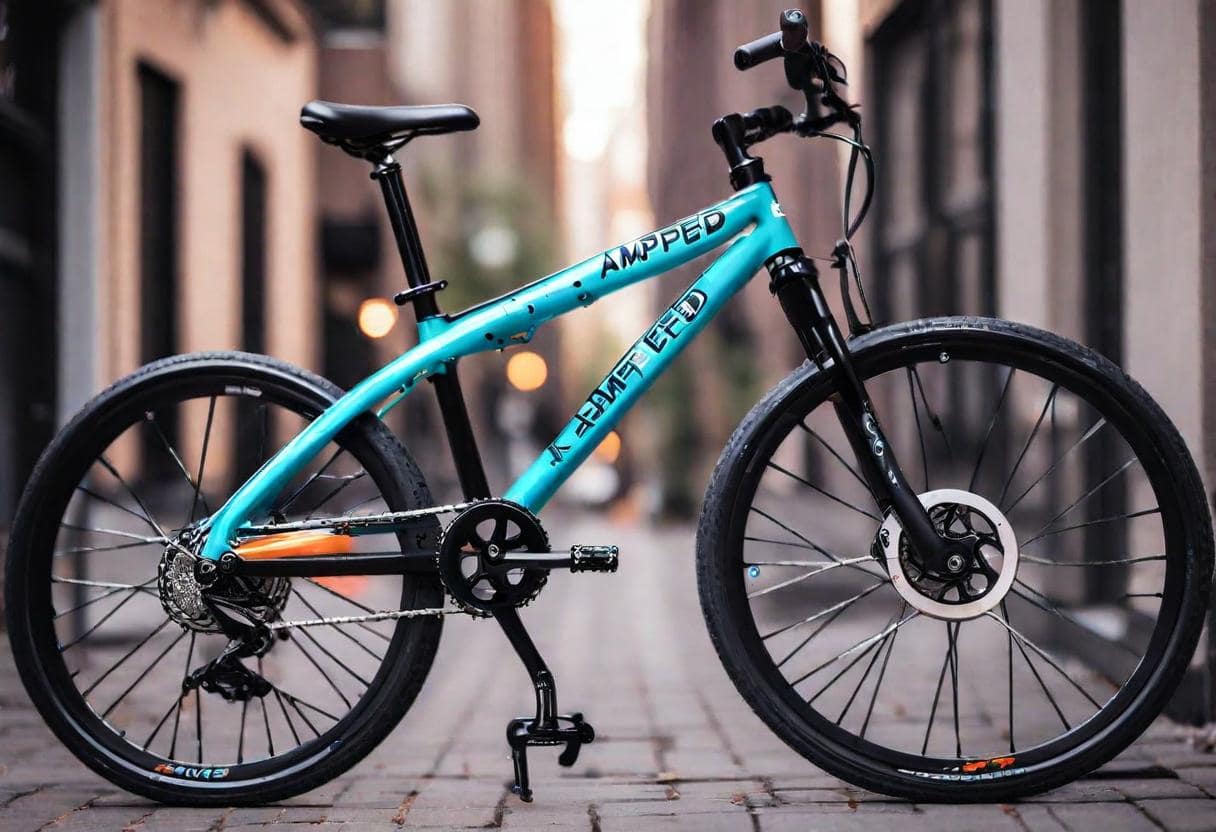Are you eager to embark on the thrilling journey of off-road exploration but find yourself wondering, ‘How much are dirt bikes?’ Look no further! Understanding the pricing dynamics of dirt bikes is essential for enthusiasts and beginners alike. From navigating the varying price ranges to considering factors like brand, model, and condition, this guide aims to shed light on the intriguing world of dirt bike pricing. Whether you’re a seasoned rider seeking an upgrade or a novice looking to dive into the adventure, discovering the true cost of dirt bikes is the first step towards making an informed and exhilarating decision.
Factors Affecting Dirt Bike Prices
When it comes to determining the price of a dirt bike, several factors come into play:
Brand and Model: Different brands and models come with varying price tags based on their reputation, features, and performance capabilities.
Engine Size: The engine size significantly influences the cost of a dirt bike. Generally, bikes with larger engine capacities tend to be more expensive.
New vs. Used: New dirt bikes are generally pricier than their used counterparts. However, used bikes may require additional maintenance, which can add up to the overall cost.
Condition: The condition of the dirt bike, including its mileage and maintenance history, affects its resale value and, consequently, its price.
Accessories and Modifications: Additional accessories and aftermarket modifications can escalate the price of a dirt bike.
Average Prices of Dirt Bikes
Dirt bikes come in various price ranges catering to different budgets and preferences:
Entry-level Dirt Bikes: Entry-level dirt bikes suitable for beginners typically range from $2,000 to $5,000.
Mid-range Dirt Bikes: Mid-range dirt bikes with better performance capabilities and features usually fall between $5,000 to $10,000.
High-end Dirt Bikes: High-end dirt bikes designed for professional riders or enthusiasts who seek top-tier performance can range from $10,000 to $20,000 or more.
Vintage or Collectible Dirt Bikes: Vintage or collectible dirt bikes may have unique price ranges depending on their rarity, condition, and historical significance.
Additional Costs to Consider
Apart from the initial purchase price, prospective dirt bike owners should also account for additional expenses such as:
Maintenance: Regular maintenance, including servicing and parts replacement, adds to the overall cost of owning a dirt bike.
Insurance: Insuring your dirt bike is essential to protect your investment and cover potential damages or liabilities.
Safety Gear: Investing in quality safety gear such as helmets, gloves, goggles, and boots is crucial for rider protection but adds to the initial cost.
Riding Lessons: Enrolling in riding lessons or training programs is recommended, especially for beginners, to enhance riding skills and safety awareness.
Where to Find Dirt Bikes for Sale
When on the lookout for a dirt bike, consider exploring the following avenues:
Dealerships: Authorized dealerships offer a wide selection of new and used dirt bikes along with financing options and warranties.
Online Marketplaces: Websites like eBay, Craigslist, and Facebook Marketplace host numerous listings for both new and used dirt bikes.
Classified Ads: Local newspapers and online classified ad platforms are great resources for finding pre-owned dirt bikes for sale by private sellers.
Auctions: Auction sites and events occasionally feature dirt bikes up for bidding, offering the chance to snag a good deal.

Tips for Buying a Dirt Bike
Before making a purchase, keep the following tips in mind:
Set a Budget: Determine your budget and stick to it to avoid overspending or financial strain.
Research Thoroughly: Research different brands, models, and prices to find the best fit for your needs and budget.
Inspect Before Buying: Physically inspect the dirt bike, or have a trusted mechanic examine it, to assess its condition and ensure it meets your expectations.
Consider the Seller’s Reputation: If buying from a private seller, research their reputation and verify the bike’s ownership and maintenance history.
Negotiate Wisely: Don’t hesitate to negotiate the price, especially for used bikes, but be respectful and reasonable in your offers.
Conclusion
Understanding the cost dynamics of dirt bikes empowers enthusiasts to make informed decisions when purchasing their off-road companions. By considering factors such as brand reputation, engine size, and additional expenses, riders can navigate the market confidently and find the dirt bike that perfectly aligns with their budget and preferences.
FAQs
How much should a dirt bike cost?
The cost of a dirt bike can vary significantly depending on various factors such as brand, model, engine size, condition, and additional features. Generally, entry-level dirt bikes suitable for beginners can range from $2,000 to $5,000, while mid-range options with better performance capabilities may fall between $5,000 to $10,000. High-end dirt bikes designed for professional riders or enthusiasts can range from $10,000 to $20,000 or more
What is dirt bike price?
The price of a dirt bike varies depending on factors such as brand, model, engine size, condition, and additional features. Entry-level dirt bikes typically start around $2,000 to $5,000, while mid-range options range from $5,000 to $10,000. High-end dirt bikes designed for professional riders can cost $10,000 to $20,000 or more.
Is dirt bike good for beginners?
Dirt bikes can be suitable for beginners, but it’s essential to choose the right bike based on the rider’s skill level, size, and experience. Entry-level dirt bikes with smaller engine sizes and lower seat heights are typically recommended for novice riders as they offer easier handling and control. Additionally, enrolling in riding lessons or training programs can help beginners learn essential skills and safety practices.
Is a dirt bike fast?
The speed of a dirt bike depends on various factors such as engine size, terrain, and rider skill. Dirt bikes can reach impressive speeds, especially in off-road settings where terrain allows for higher speeds. However, it’s essential for riders to prioritize safety and adhere to speed limits and regulations to prevent accidents and injuries.







